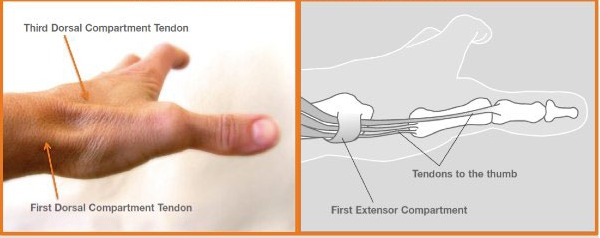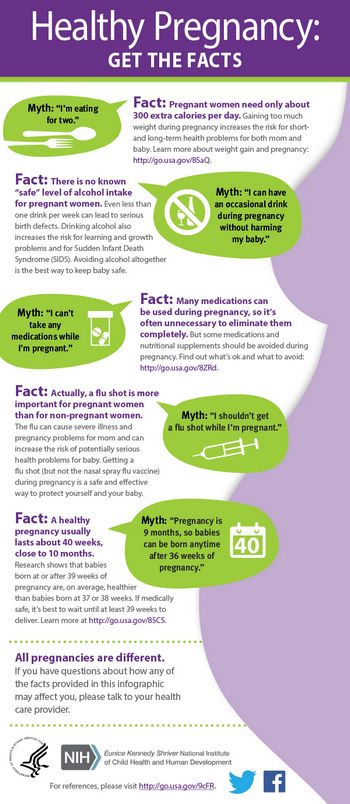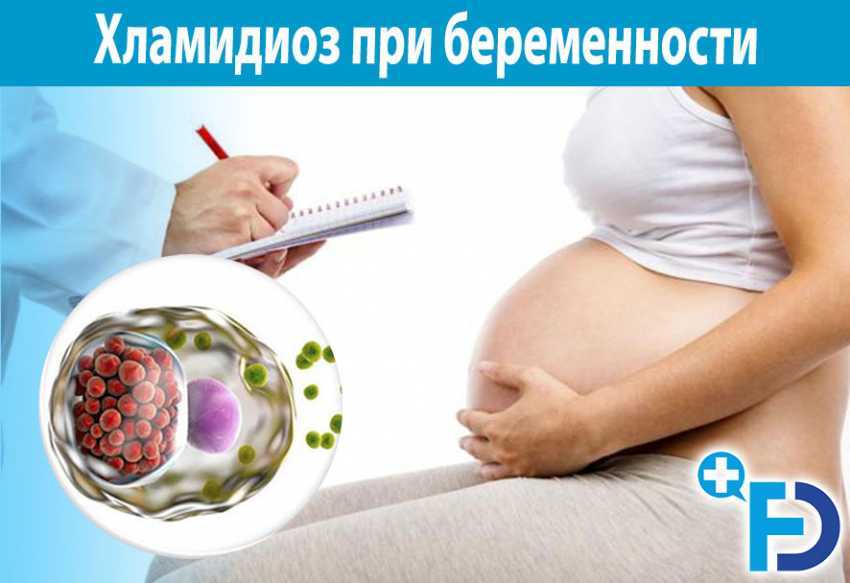Tendonitis in pregnancy
Pregnancy Induced Thumb And Wrist Pain
by Louise McQuaid
Share:
23
October
Pregnancy induced thumb tendonitis and Carpal Tunnel Syndrome cane make it difficult to care for your baby
Why Now?
Hormone changes during pregnancy change how tendons and ligaments stretch and react to movement. This is obviously a good thing for pushing out a baby but not so good for thumbs and wrists. They can suffer as a result of this change and develop conditions which linger on after delivery.
The most common conditions are called Carpal Tunnel Syndrome (CTS) and De-Quervain's tendonitis.
Carpal Tunnel Syndrome
If you have tingling, numb and painful hands during pregnancy, it's likely to be caused by (CTS).
CTS is common in pregnancy. It happens when there is a build-up of fluid (oedema) in the tissues in your wrist. This swelling squeezes a nerve, called the median nerve, that runs down to your hand and fingers, causing tingling and numbness. You may also find your grip is weaker and it's harder to move your fingers.
CTS usually happens in your second trimester or third trimester. If you have CTS in one pregnancy, you are likely to have it in later pregnancies. CTS can also continue, or develop, in the days after the birth of your baby.
CTS will be worse in your dominant hand and in the first and middle fingers, though it may affect your whole hand. It may be particularly painful when you wake up in the morning, because your hands have been curled up at night.
You're more likely to develop CTS if your family has a history of it, and if you've had any problems with your back, neck or shoulders. The median nerve passes the top of your ribcage before travelling down your arm. So a previous problem in this area, such as a broken collar bone or whiplash injury, increases your likelihood of having CTS.
If you gain too much weight in pregnancy you're more likely to develop CTS.
Signs and symptoms:
- Pins and needles in the fingers that buzz when you rest
- Numbness in the fingers making it hard to feel seat belt buckles, or nappy tags
- Achy hands that can wake you up at night and make it difficult to night feed
- Difficulty finding a comfortable position to nurse the baby
- Pain and symptoms get worse if spoon feeding the baby in a high chair
De-Quervain's Tendonitis
In De Quervain's tenosynovitis, the covering of the tendons on the thumb side of the wrist becomes inflamed or swollen, restricting the tendons' movement.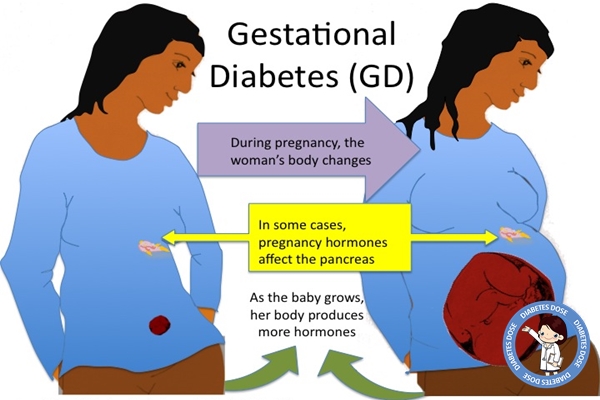 The result is discomfort and pain at the base of the thumb and wrist every time you turn your wrist, grasp anything or make a fist.
The result is discomfort and pain at the base of the thumb and wrist every time you turn your wrist, grasp anything or make a fist.
It is suspected that retention of fluid during pregnancy initially causes this problem, and symptoms generally start quite mild. It is frequently aggravated by activities of infant care and housework causing it to linger and, often, make it worse. In some cases it can be so painful that hand movements are restricted.
Improvement usually occurs with conservative management, and it is best to see a Hand Therapist early on to commence treatment. It is rare for this condition to require surgical or other medical management.
Signs and symptoms:
- Pain, tenderness and swelling at base of the thumb and wrist .
- Pain that may radiate up your forearm and is worse changing nappies.
- Pain when you turn your wrist, grasp or make a fist which can lead to difficulties with picking up your baby, or holding your baby to settle.

- Difficulties picking up objects where thumb pressure is required e.g. picking up a plate of food or even peeling the tags on nappies.
- Folding a pram, bathing the baby and cooking e.g. peeling, stirring hurt
What Mums say about these problems
Leanne McGill, Newry
I had tendonitis in my thumb and wrist from the way I fed the twins when I switched to bottles at five months. I had to wear a brace at night for 18 months before it finally healed. It would have healed faster if I could have worn the brace all day, but there was no way I could hold and change two infants like that and I had no help. I refused cortisone shots though. That might have helped. I went to see a Hand Therapist and I wish I went sooner. I had dry needling to kick start healing which had just stopped. My problem was getting worse because I was caring for babies that were growing and getting heavier.
Sharon Foster, Hilltown
I had pregnancy induced carpal tunnel in my right hand.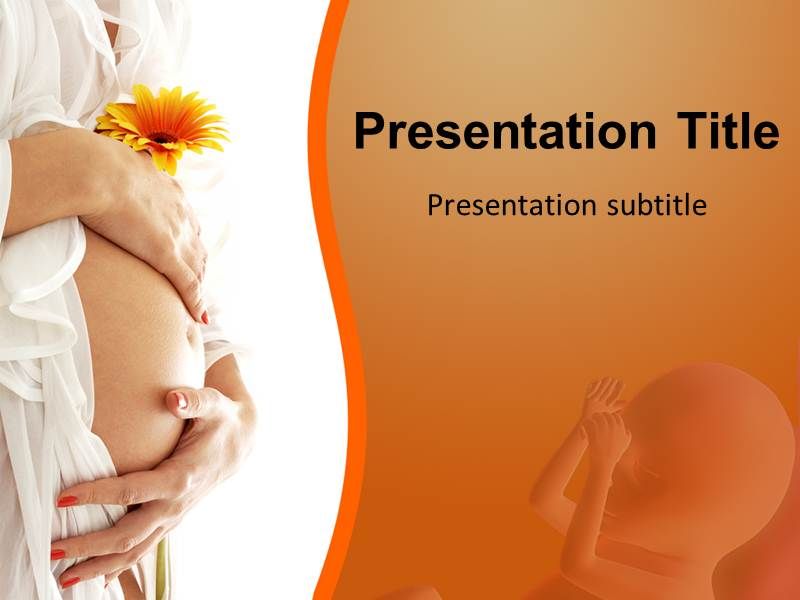 I bought a brace to sleep in, I was supposed to wear it during the day but it drove me nuts. I had no feeling in my hand, which was super annoying as I am right handed- plus I couldn't grip anything at all including a pen. And because I couldn't feel my hand I couldn't even use nail clippers, I had no strength in my hand. After about 3 weeks I went to Hand therapist and got partial feeling in my hand but not my fingertips. I was honestly afraid I would never get full feeling back! But by 6 weeks my hand was pretty much back to normal. It was really a strange feeling!
I bought a brace to sleep in, I was supposed to wear it during the day but it drove me nuts. I had no feeling in my hand, which was super annoying as I am right handed- plus I couldn't grip anything at all including a pen. And because I couldn't feel my hand I couldn't even use nail clippers, I had no strength in my hand. After about 3 weeks I went to Hand therapist and got partial feeling in my hand but not my fingertips. I was honestly afraid I would never get full feeling back! But by 6 weeks my hand was pretty much back to normal. It was really a strange feeling!
Megan Harvey, Newcastle
I was diagnosed by my doctor with carpal tunnel and she gave me the braces. But then when I went to see a Hand therapist and when I explained my symptoms, she said it was tendonitis - not carpal tunnel. The pain was mostly in my forearm and I could not lift my wrists or do fine work - it definitely was worsened by use! Fortunately, she taped them up a certain way to basically not let them fall down even when the muscle was relaxed, she also told me to take some supplement - I can't remember which, maybe a B vitamin? - and that did the trick.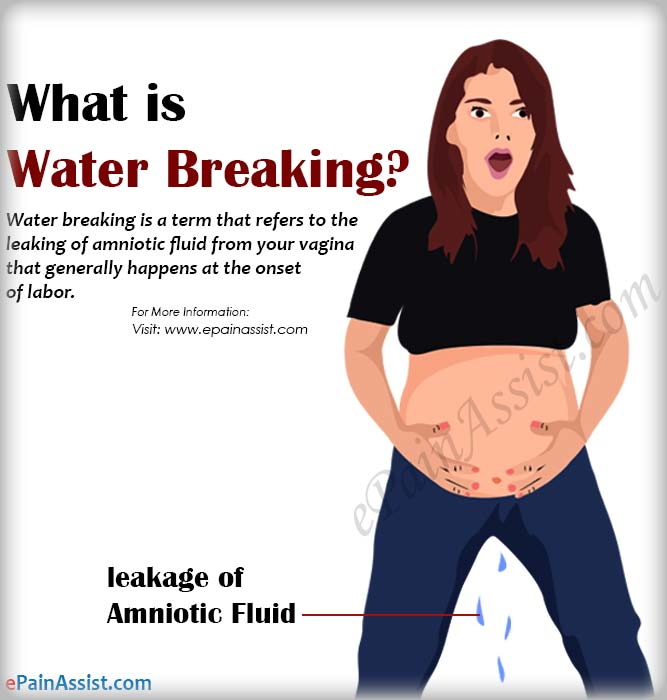 I think it maybe came back once (while I was still pregnant) but was gone even before their birth!
I think it maybe came back once (while I was still pregnant) but was gone even before their birth!
What can I do about it?
Rest
This is the most effective treatment but is nearly impossible with a baby. Try to avoid using your hands and wrists when you can, even if it means letting the house work slide for a short while.
Support the wrist
This is often recommended, to immobilise your thumb/wrist, and help rest your tendons or to reduce carpal tunnel pressure on the median nerve. Depending on your condition the type of splint needed is different so avoid buying one online or at the chemist. It is best to see a Hand therapist and have one made for you or at least get advice before purchasing one.
Modify your activities
- Avoid repetitive movements such as scrubbing the shower or using sustained positions such as nursing a baby in the same position each time.
- Carry things with a shoulder bag or over your forearms, not your hands
- Avoid over-gripping when opening jars or feeding bottles to wash them
Feeding position
- After your baby is born, try to use pillows to take the baby's weight off your hands when feeding or cuddling.

- Do not use your hand to support your baby's head; use your forearm instead.
- Alter your breast feeding position and try lying down to feed the baby
- Try holding a feeding bottle by letting it rest in your palm rather than grasping it
- Stretch your wrists and arms before feeding and after feeding especially during the night
Housework and daily activities
Ask for help with food preparation, especially when using knives, etc. Remember you can buy pre-cut, pre-washed fruits and vegetables.
When brushing your teeth or your hair, try to move from your elbow instead of from your wrist.
Massage
Gentle massage might help ease some of the pain and reduce swelling. Use the heel of your unaffected hand to gently rub the upper half of your forearm where the muscles are. You can do this as often as you need.
If massage helps, ask your support person to do this for you, to help rest your hands.
Contrast bathing
If you have swelling this technique is very effective. Set up two bowls; fill one with very warm (NOT scalding) water and one with iced water. Bathe your hand/wrist in warm water for about 1 minute, then in cold water for about 30 seconds. Alternate between the two bowls for three minutes and finish with the cold water.
Pain relief medications
Check with your pharmacist or doctor about pain relief. If you are pregnant or breastfeeding or have a medical condition talk to your pharmacist or doctor before taking any medication, even herbal remedies.
Exercises
Try the following hand exercises, but do NOT continue if symptoms become worse:
- Hold your fingers stretched out as far as possible for a few seconds and then relax.
- Make a fist and then straighten out your fingers.
- Move your hands slowly up and down, from side to side, and round in a circle.
- A Hand therapist can prescribe further exercise (strengthening and mobility, nerve and tendon glides).
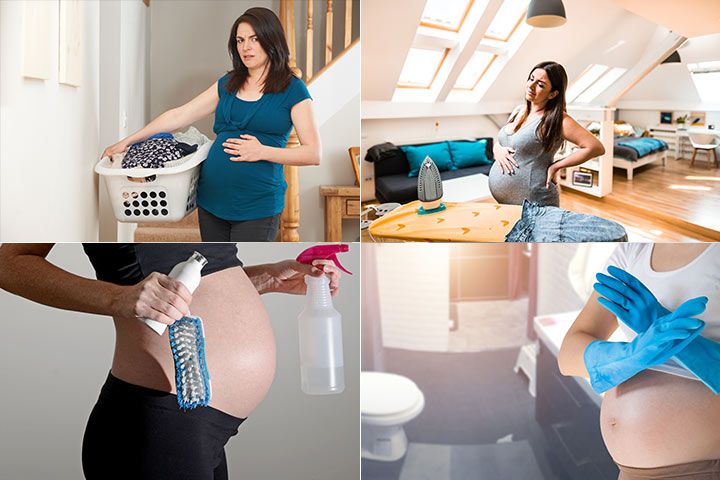
At Hand Kinetics we use these and other treatments using therapeutic Ultrasound and Dry needling if required.
For More Information
Please contact Hand Kinetics to speak to our Principal Hand Therapist if you think you have one of these conditions.
There are many other conditions affecting the hand and wrist caused by changes in pregnancy hormones that have not been talked about here.
TEL: 028 417 67238
ONLINE BOOKING
Share:
FIND US
15 The Avenue, Burren, Warrenpoint. Co. Down. BT34 3XJ
CONTACT US
[email protected]
0044 28 4176 7238
CONNECT WITH US
CREDIT CARDS ACCEPTED
Mom Wrist? Coping with hand and wrist pain during pregnancy and early parenthood
Pregnancy / By Christopher Casstevens, MD / April 12, 2021 June 27, 2022
339
SHARES
When most people think of aches and pains associated with pregnancy, they likely think morning sickness, backaches and sore feet.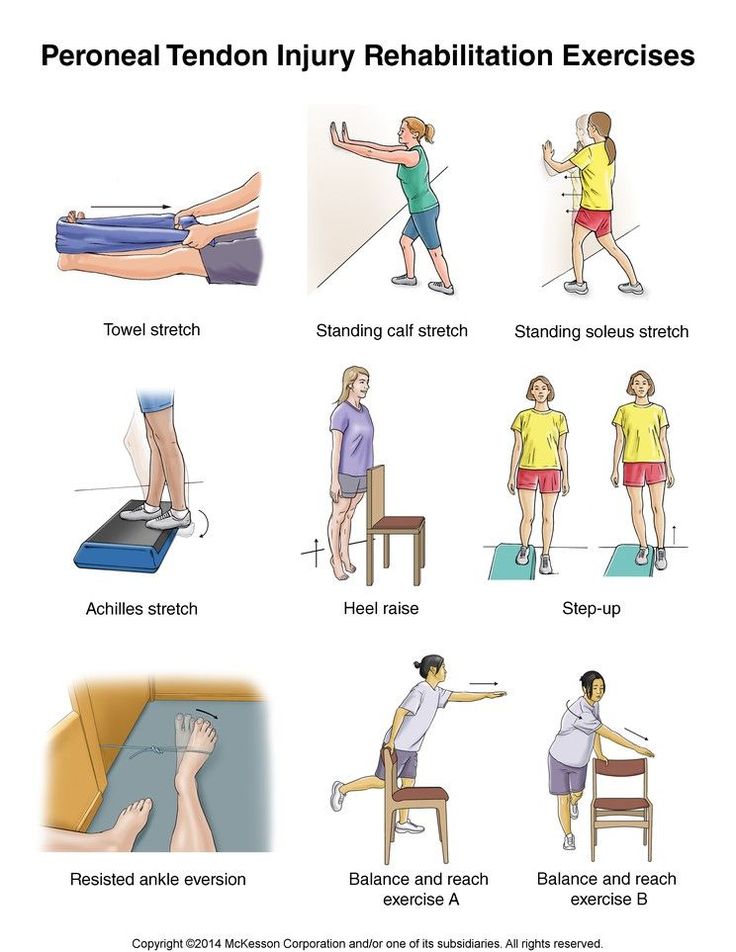 Issues with the hands and wrists would probably not even make the list. That is, unless you are among the hundreds of thousands of pregnant women each year who experience these problems.
Issues with the hands and wrists would probably not even make the list. That is, unless you are among the hundreds of thousands of pregnant women each year who experience these problems.
Hand and wrist specialists, including myself, see and treat these issues regularly in pregnant patients who seek our care. Unfortunately, there are likely many more women who never seek care because they are either unaware that there are safe (and relatively easy) treatment options or believe they should just “tough it out.” Here are three common issues I see in pregnant women and new moms — and what you can do about them.
Carpal tunnel syndrome
Carpal tunnel syndrome (CTS) during pregnancy is due to natural hormonal changes and fluid shifts that impact the nerve and tendons within the carpal tunnel during pregnancy. Some studies suggest as many as 35 percent of pregnant patients experience this issue. It usually goes away after giving birth but not always.
- Symptoms: Numbness and tingling in the thumb, index, middle and ring finger, especially if these symptoms are worse at night.
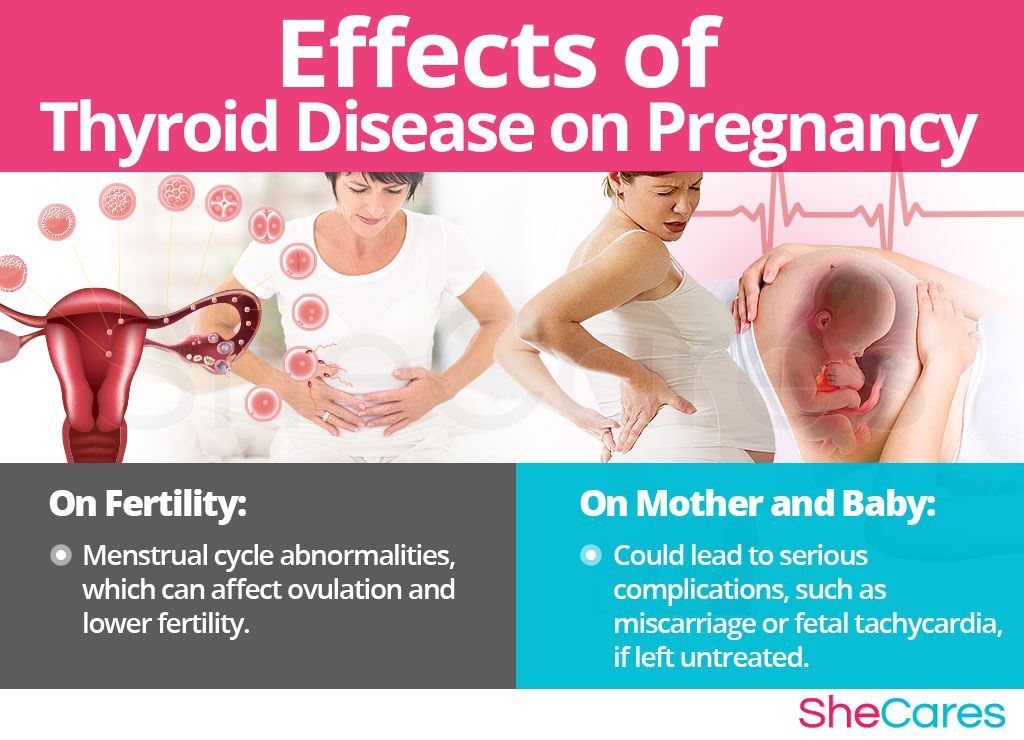
- Home remedies: Be careful with posture by keeping the wrist in a neutral position. This position decreases the pressure in the carpal tunnel. Over-the-counter night-time splints can keep the wrist in a neutral position while sleeping.
- When to seek care: Numbness that seems to deepen. Any symptom causing serious, ongoing discomfort.
- Available treatment: Nighttime splinting and injections can relieve symptoms through pregnancy for most cases. For more serious cases, a carpal tunnel release procedure performed under local anesthesia can minimize downtime.
Trigger digits
The physiological changes that occur during pregnancy can also contribute to changes in the tendons that bend the fingers and thumb and their associated system of pulleys. While trigger digits can go away after delivery, women remain at higher general risk than men of this painful condition.
- Symptoms: Fingers that snap, pop, catch or generally are not working well, with these symptoms often reported as worse in the morning.
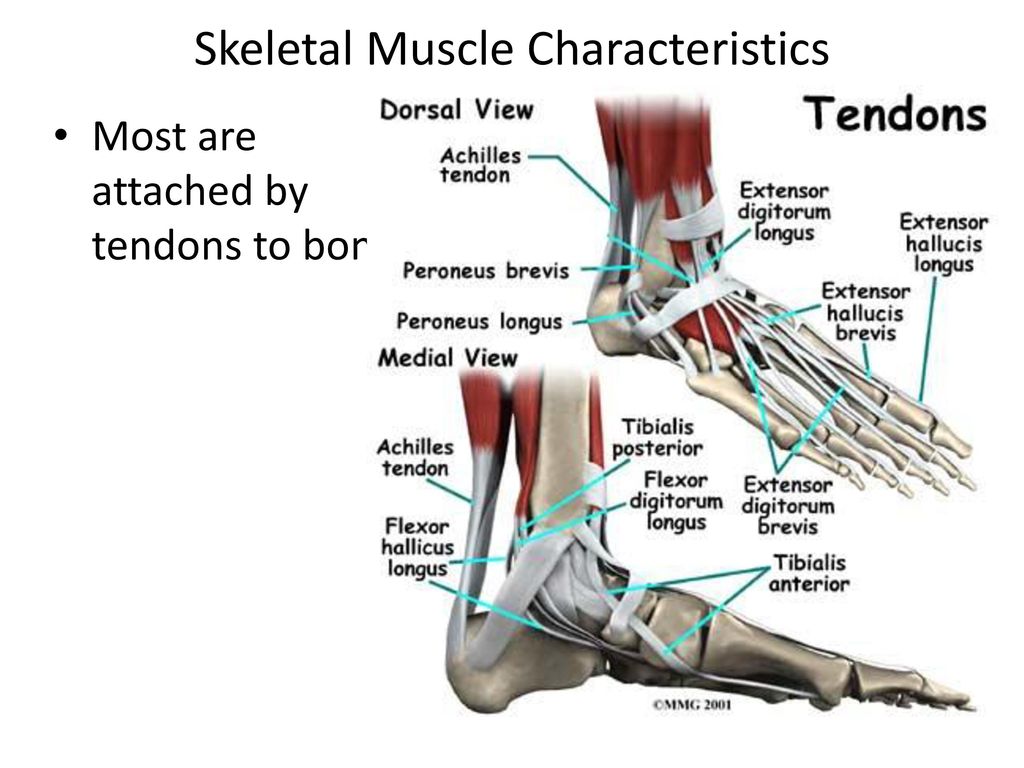
- Home remedies: Rest and over-the-counter pain medication may temporarily control symptoms, but there are limited options for long-term relief at home.
- When to seek care: Finger becomes overly stiff or discomfort begins to interfere with daily activities.
- Available treatment: One steroid injection will completely relieve symptoms for 70 percent of patients. For persistent symptoms, additional injections or a minor procedure performed under local anesthesia can provide reliable and lasting resolution of this problem.
De-Quervain’s tendonitis
While this painful condition of the wrist and forearm can occur during pregnancy, I see it a lot more often after delivery, especially in new moms and even grandparents who provide childcare. It is considered an overuse injury that occurs when the tendon lining becomes inflamed, often related to childcare activities. This condition has received considerable attention on popular parenting blogs and social media where it is often referred to as “Mom Wrist. ”
”
- Symptoms: Pain radiating from the base of the thumb to the back of the forearm.
- Home remedies: Avoid reaching up and grasping objects with the forearm in a neutral position (hand perpendicular to the floor). Instead grab with the palm up or down. An over-the-counter brace also may help.
- When to seek care: If it is causing ongoing discomfort or is impacting ability to carry out daily tasks.
- Available treatment: Most patients can be successfully treated with a steroid injection. Occupational or physical therapy also can help. In rare cases, minor surgery may be needed.
Recognizing symptoms and finding relief for hand and wrist issues during and after pregnancy are essential not only for the health of women suffering, but for the families who rely on them. If you’re experiencing hand and wrist pain, find a doctor who can help.
Christopher Casstevens, MD
More articles
Christopher Casstevens, MD, is an orthopedic surgeon specializing in surgery of the hand and upper extremities.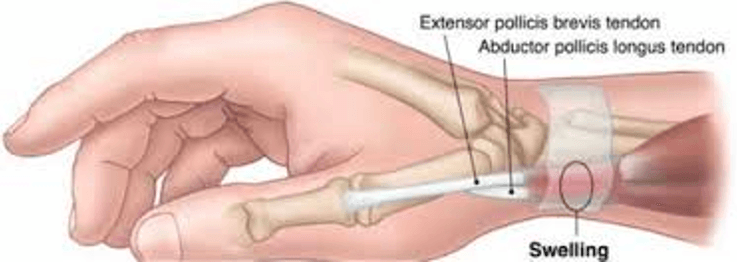 He sees patients at Baylor Scott & White clinics in north and south Austin as well as Lakeway. He enjoys using a broad array of techniques to address injuries and conditions affecting the detailed anatomy of the hand and wrist.
He sees patients at Baylor Scott & White clinics in north and south Austin as well as Lakeway. He enjoys using a broad array of techniques to address injuries and conditions affecting the detailed anatomy of the hand and wrist.
339
SHARES
Treatment of tendonitis in the department of physiotherapy
Book a consultation
Ask a doctor
Promotions and special offers
Department of Physiotherapy
/ Diseases
/ Tendinitis
Tendinitis is inflammation of a tendon, usually at the junction of muscle and bone.
The inflammatory process in tendonitis most often develops against the background of degenerative-dystrophic tissue changes. Thus, tendinitis refers to fatigue diseases of the musculoskeletal system. The use of conventional painkillers and anti-inflammatory drugs in such diseases is ineffective, since it only affects the symptoms, without affecting the cause of the disease.
The only effective way to get rid of pain and reliably cure tendonitis is to undergo complex treatment, one of the most effective methods of which is shock wave therapy (SWT).
Shock wave results for tendinitis
The use of shock wave therapy for tendonitis allows you to achieve a significant and rapid improvement in well-being and a reliable cure for the disease. Thanks to SWT sessions in combination with laser therapy, acupressure and exercise therapy (exercise therapy):
- Joint pain is relieved and disappears completely.
- Inflammation, redness, swelling disappear.
- The range of motion is fully restored.
- Prevents further development of the disease and its complications.
- Increases tendon strength, resistance to stress.
- Physical performance and quality of life are restored.
Positive results in the treatment of tendinitis are achieved in more than 90% of cases of the disease, provided the timely start of treatment, which, combined with safety and the absence of side effects, determines the exceptionally high therapeutic value of this method.
How and why tendinitis occurs
The main reason why tendinitis occurs is prolonged increased physical activity associated with professional activities, sports. In this case, the disease usually develops over the age of 40, predominantly in men.
Other causes of tendonitis are multiple microtraumas (tears) of the tendon, infection (external, through abrasion or internal, from foci of inflammation with blood or lymph), an allergic reaction, an autoimmune process, a systemic lesion of the body (rheumatism, rheumatoid arthritis, gout).
Types of tendinitis
Typically, the inflammatory process begins with a fibrous sheath surrounding the tendon at a bony prominence or joint called the tendon sheath. In this case, the disease is diagnosed as tendovaginitis or tendosynovitis.
Further inflammation can spread to the synovial joint bag and muscle tissue with the development of tendobursitis, myotendinitis.
Tendinitis can occur in any tendon of the body, but most often the disease affects large joints - the knee, elbow, shoulder, as well as the Achilles (calcaneal) tendon and the base of the thumb.
One of the reasons for the development of tendinitis is the deposition of calcium salts in the tendon against the background of metabolic disorders. In this case, the disease is diagnosed as calcific tendinitis.
Symptoms of tendinitis
The characteristic symptoms of tendonitis are pain with a clear localization in the joint area, swelling, difficulty in performing active movements, and limited joint mobility.
The pain of tendonitis is aggravated by certain movements and is usually accompanied by a creaking. In the area of inflammation, there is redness of the skin, local fever, pain when palpated (pressed).
As the disease progresses, the pain tends to worsen before the night hours, and the limitation of movement leads to difficulty in performing normal activities (it becomes difficult to hold objects in the hand, go down or up stairs, etc. ).
).
Treatment of tendonitis with shock wave therapy
Shock wave therapy is one of the most effective treatments for tendinitis. The therapeutic effect of the procedure is achieved due to the action of acoustic waves of infrasonic frequency, penetrating into the focus of inflammation and creating the effect of an impulse massage. As a result, local blood circulation is activated, metabolic processes, healing and tissue repair are stimulated.
The procedure has a pronounced anti-inflammatory and anti-edematous effect, helps to quickly relieve pain and restore motor functions. In addition, the impact of acoustic waves breaks down calcium deposits in the tendons, contributing to their natural excretion from the body.
As a rule, a stable therapeutic effect is achieved after just a few procedures. The intensity, volume and regularity of exposure are determined in each case individually in order to ensure optimal dynamics and lasting results of treatment.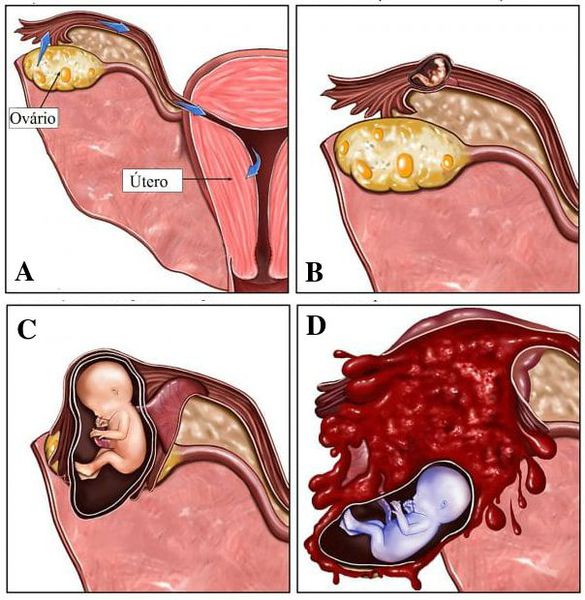
Sign up for a
free consultation
Tendinitis - what it is, symptoms and treatment - clinic "Dobrobut"
Main
Medical Library Dobrobut
Publication date: 2020-01-25
How to treat tendonitis of the knee. Types of pathology, symptoms
Tendinitis is an inflammation of the tendons that can develop anywhere in the body. How to treat tendonitis of the knee joint or other types of this disease, the doctor determines.
Causes of development
The pathology under consideration may act as an independent disease, but may refer to the consequences of other problems in the body. Most often, doctors note that tendinitis occurs after excessive physical exertion or against the background of sports injuries. And often the patients themselves become the “culprits” of this - they begin intensive training with unprepared muscles and tendons. For example, the symptoms of Achilles tendonitis occur after long runs when you want to lose weight - excessive zeal for positive results always ends sadly.
If the disease in question belongs to secondary pathologies, then it can be provoked by:
- wrong metabolism;
- immunosuppressed;
- rheumatism in various stages;
- infectious diseases, eg streptococcal etiology;
- gonorrhea;
- chlamydia.
Doctors emphasize that secondary tendinitis can develop only against the background of unstable immunity.
Symptoms of tendinitis
The initial stage of the inflammatory process is practically not manifested in any way. But as the disease progresses, the patient complains:
- for redness of the skin at the site of inflammation;
- for pain in the affected area;
- for impaired motor function;
- for the formation of subcutaneous nodules.
If the calcific tendinitis of the foot progresses, then the patient simply will not be able to stand on his foot. First, he will have a pronounced lameness, and subsequently the person loses the ability to move normally.
Chronic tendinitis of the elbow will have the following symptoms:
- constant pain, including at rest;
- inability to straighten/bend the arm;
- strength is lost in the fingers - it is impossible to hold even a light object.
Methods of treatment
The choice of a therapy regimen depends on several factors: the cause of the disease, the severity of its course, the specifics of the patient's work activity. With timely access to a doctor and qualified treatment, it is possible to avoid surgical intervention. Usually, after clarifying the diagnosis, the patient is assigned complete immobility of the limb. If treatment of tendinitis of the periosteal muscle of the shoulder joint is to be carried out, then the entire upper limb will have to be immobilized up to the hand and fingers.
Non-steroidal anti-inflammatory drugs, painkillers should be singled out among medical prescriptions. An ointment has an excellent effect - with tendinitis of the patellar ligament itself, this is the best remedy for getting rid of pain and reducing swelling.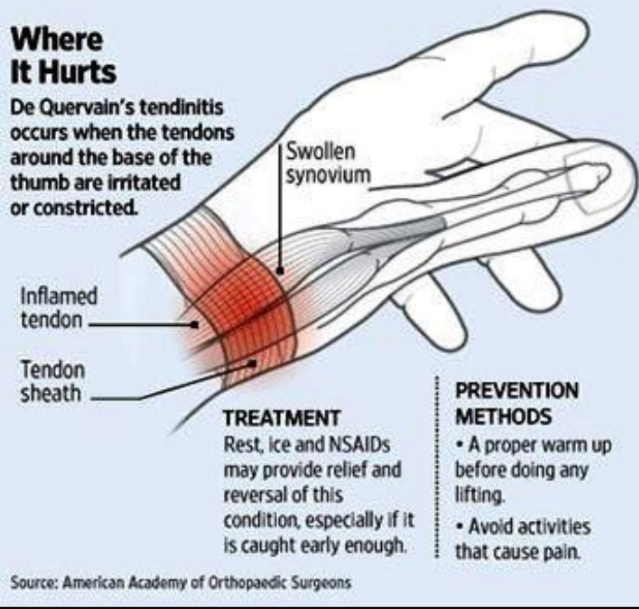 Ointment treatment is carried out at home under the supervision of the attending physician. With timely seeking medical help and regular use of the ointment with complete rest of the limb, clinical manifestations disappear after 7 days. The inflammatory process stops and a period of remission begins.
Ointment treatment is carried out at home under the supervision of the attending physician. With timely seeking medical help and regular use of the ointment with complete rest of the limb, clinical manifestations disappear after 7 days. The inflammatory process stops and a period of remission begins.
Physiotherapy plays an important role in recovery after the main treatment. In particular, you can restore lost mobility with the help of physiotherapy exercises. True, it is necessary to deal with it according to an individual scheme developed by a rehabilitation doctor. For example, exercises for knee tendonitis can be aimed at restoring its mobility, or at developing, stretching the tendons and muscle structures. If gymnastics is carried out correctly, then soon it will be possible to return to sports.
If the inflammatory process progresses, but no treatment is provided, then there is a high probability of an infectious agent joining - purulent inflammation begins.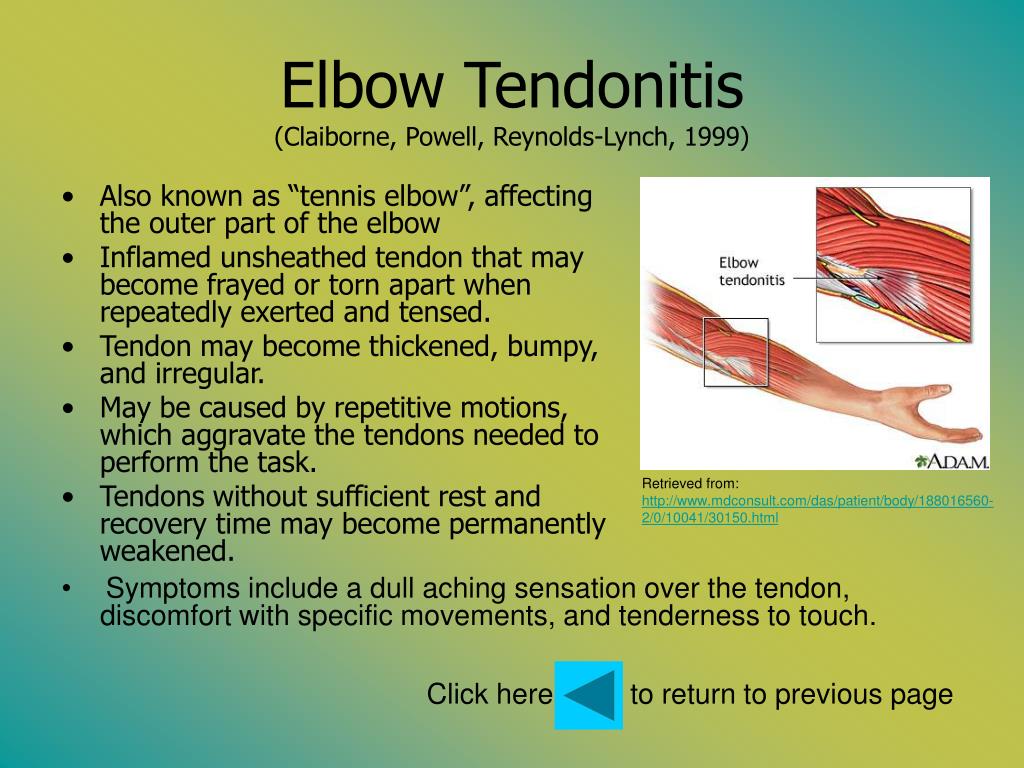 In this case, doctors are forced to take emergency measures - surgery. The postoperative period is rehabilitation, which also includes a course of physiotherapy exercises, physiotherapy.
In this case, doctors are forced to take emergency measures - surgery. The postoperative period is rehabilitation, which also includes a course of physiotherapy exercises, physiotherapy.
Prognosis, prevention
With timely treatment and strict adherence to the doctor's recommendations, the prognosis for the patient is favorable - the inflammatory process is stopped, and relapses, as a rule, occur extremely rarely.
Preventive measures:
- wear comfortable shoes;
- carry out small physical exercises during the day;
- avoid excessive pressure on the knee joints;
- carry out enhanced training under the supervision of a trainer;
- strengthen the immune system and treat infectious diseases in a timely manner.
Which doctor specializes in hip tendinitis can be found on our website Dobrobut.com.
Related Services:
Orthopedics and Traumatology
Arthroscopy
Do you want to get an online explanation from the doctor of the Dobrobut MS?
Download our Google Play and App Store app
Our doctors
See all doctors 644
Our certificates
Certificate No.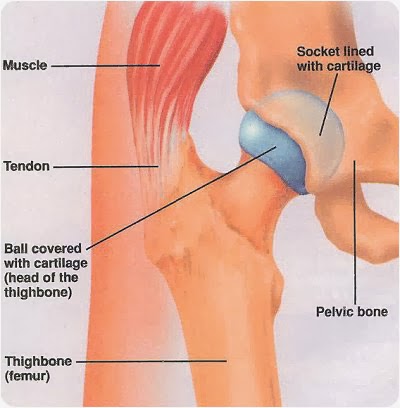 QIZ 804 468 C1
QIZ 804 468 C1
Certificate no. QIZ 804 469 C1
Certificate No. QIZ 804 470 C1
Certificate no. QIZ 804 471 C1
View all certificates
Request a call back
Enter your phone number
Other articles
Nocturia or nighttime urination: causes, types, symptoms and treatments
Nocturia is the predominance of nocturnal diuresis over daytime. Nighttime urge to urinate for the most part is a sign of a serious pathology of the kidneys, heart, thyroid gland, therefore, they require an appointment with a urologist
Where to do cervical colposcopy - medical center or hospital
On what day of menstruation do colposcopy of the cervix: what every woman should know. Do colposcopy during pregnancy: features of the appointment and procedure
Illness of the lips in sclero-facial surgery
Dosing often blames food to some kind of healer when you get sick with your lips.